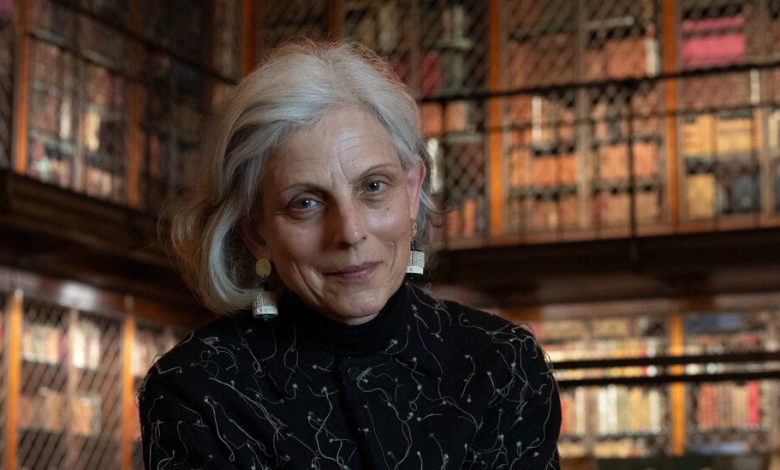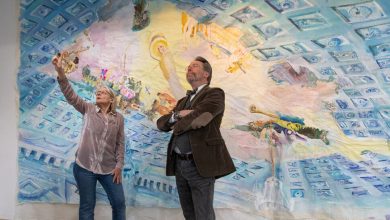The Fashion Influencers of the French Revolution

Most days, Anne Higonnet is able to keep her cool. She’s a distinguished professor of art history at Barnard College and Columbia University. Her research has been supported by the Guggenheim and Harvard Radcliffe Institute fellowships. She chooses her words, her tone and her clothing carefully. One day in 2017, though, as Higonnet was quietly working at the Morgan Library & Museum, decorum flew out the windows. She did something slightly unscholarly: She yelped.
“I began to hop up and down, which is a little bit rude,” Higonnet said. “Everyone is polite and quiet in these reading rooms, but inside, all researchers have that loud moment when you’re just so excited. I went to the librarians and said, ‘I’m so sorry I made so much noise, but you have something you don’t even know that you have.’”
That something was an extremely rare and complete set of fashion plates from the Journal des Dames et des Modes, a pre-Vogue, pre-Harper’s Bazaar magazine that launched in Paris in 1797, amid the French Revolution.
The publication documented a brief but crucial period in which clothing, especially women’s clothing, became an unprecedented force of cultural and social change. Corsets, heavy wigs and other restrictive sartorial norms were tossed off to make way for flowing, transparent dresses, handbags as statement pieces and toucan feathers sewn into white crepe dresses — a look that Joséphine Bonaparte, future empress of France, wore to a ball.




